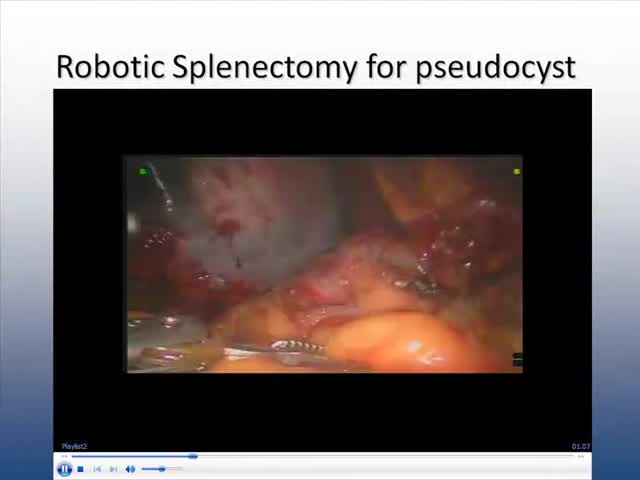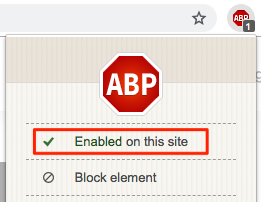
Chicago 2009 Video – Robotically-Assisted Splenectomy for Rare Splenic Pseudocyst with Increased Ca 19-9 Values
January 13, 2010
K. Konstantinidis
Background/Hypothesis
Up to now there are only 30 reported cases of splenic pseudocysts elevating Ca19-9. Laparoscopic treatment of splenic cysts is extensively described. Robotic surgery offers a modern alternative that enhances visual field and dexterity of surgical maneuvers in the narrow field around large splenic tumors. We present the case of a 32-year old female patient, with a rare cystic mass of the spleen in the left upper abdomen (10 x 4 cm), discovered accidentally during ultrasound.
Materials & Methods
We proceeded with a detailed clinical, laboratory (Ca 19-9 = 63,9 U/mL) and imaging workup. The patient had no history of previous injury in the abdomen. For the procedure we used the 3 arms of the DaVinci robot plus two assistant trocars.
Results
Patient was placed supine in anti-Trendelenburg position with a 45 degree right lateral rotation. After insertion of the trocars, a large cystic splenic tumor was revealed. Initially we did an effort to mobilize the mass which appeared to be an echinococcal cyst. Aspiration of the gelatinous content in order to minimize its size was followed by infusion of hypertonic solution. Biopsy during surgery excluded echinococcal disease but didn’t exclude malignancy. A robotic splenectomy was performed. Following dissection, the splenic vessels were easily ligated from the assistant trocar using hemostatic clips. The spleen was removed in an endobag through a small extension of the umbilical incision. There was no significant blood loss. Histology showed a rare non-parasitic splenic pseudocyst. Ca19-9 levels dropped immediately postoperatively (=13 U/mL).
Conclusions
Differential diagnosis during treatment of splenic cysts should include echinococcal disease, non-parasitic cysts and malignancy. Robotic surgery enhances visualization of the field and provides the ability to dissect in a narrow field, as was also our case due to the large dimensions of the mass. As a result, it increases safety and decreases blood loss.







